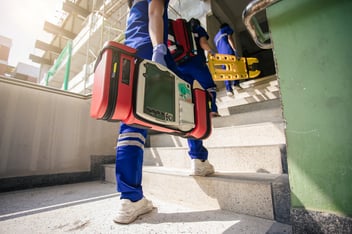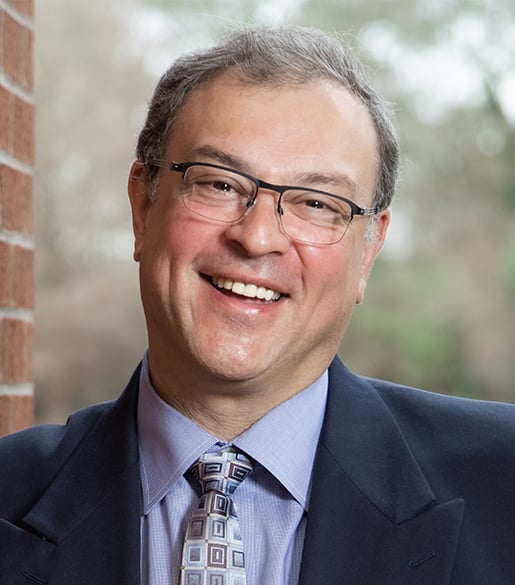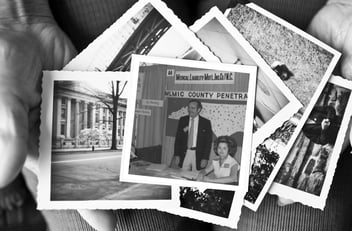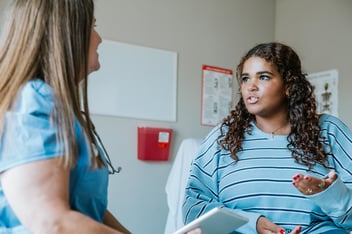Reflections: Heartbreak in Buffalo

Hearts are broken daily. The Buffalo Sabres NHL hockey team walked into their dressing rooms just over a week ago wearing tee shirts that proclaimed, “Love for 3.” Only a few hours prior, millions watched on live Monday night football as Damar Hamlin, after a robust tackle, stood, staggered, and collapsed from cardiac arrest after a direct helmet blow to his apparently amply padded chest.
Thanks to swift medical intervention, Hamlin was resuscitated on the field, and is now home and on the road to recovery. However, through this event, a family has been traumatized, a team shattered, and the Buffalo community fractured as it was still digging out of the snow. An eminent Cardiologist speculated on PBS’s NewsHour that the likely cause of the arrest was commotio cordis, for which there is now a national registry.
Many of us linger with different emotions from witnessing death in all its starkness, horror, and abruptness. The sheer disbelief expressed by so many reminded me of the realities that healthcare providers face each day—life is indeed both precious and tenuous.
During the 1960s, organized athletics in the U.S. enjoyed rising popularity. Crowds gathered, media exposure skyrocketed, and more young athletes became involved in organized sports. Many were motivated to perform more aggressively to obtain athletic scholarships and professional contracts, and a product of this enhanced involvement was a marked increase in serious injuries. This was particularly evident in football, where 36 fatalities were documented in 1968 from head and neck injuries. In 1970, the National Operating Committee on Standards for Athletic Equipment (NOCSAE) was formed to commission research on injury reduction, and football helmets were targeted for their initial research effort.
Professional and collegiate sports generate billions of dollars and organized sports provide a healthy outlet for youngsters, bringing together all the benefits of team building and individual excellence. But nothing comes without a price, and athletes’ safety and security can never be fully assured. As Hamlin’s episode starkly reminds us, we must accept that life has its consequences.
One of the reasons I joined Curi was that I sensed there was an evolving spirit of what has been called “anthrocapitalism.” Organizations with an anthrocapitalist focus put meaning at their core, seeking to clarify some deeper role they can play in making the world a better place.
Physicians are born anthrocapitalists. Other synonyms in this respect might be caregivers, leaders, counselors, or teachers, but whatever language one uses, Curi’s members maximize their contribution to their communities daily. It’s for that reason that I sense our privilege in supporting and edifying them to discharge their daily duties.
In tragedy, many seek to rapidly apportion blame. Once done, financial recompense is felt to be restorative and perceived to make whole. The bedrock of our business is defending those who are so often blamed needlessly after sad events have transpired. I trumpet the efforts of our first responders, team trainers and physicians across the country who step in at times of crisis. Always doing their best, often with limited or even no information available. I’m proud to serve those who serve daily, and I hope these feelings resonate with you through this year of opportunity ahead.
(Curi nurses or other interested colleagues may wish to read a brief but helpful academic review on commotio cordis here.)
The opinions and views expressed in this blog post belong to and are solely those of the individual author, and do not necessarily reflect those of Curi Advisory or Curi Advisory’s parent or affiliated companies or their members, insureds, clients, customers, or partners.
About the Author








Comments